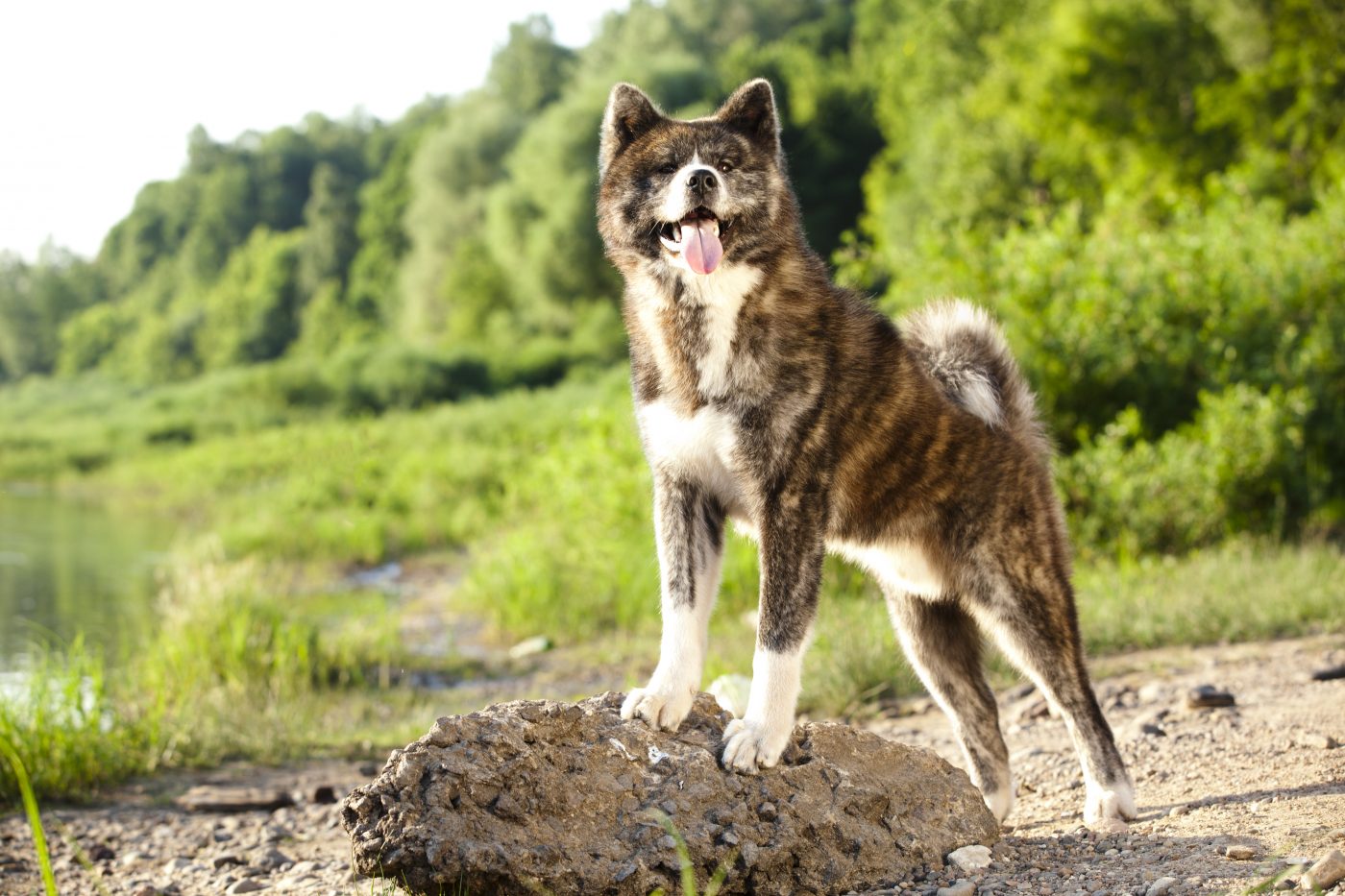 Shutterstock
Shutterstock
Dogs have long been known for their uncanny ability to sense things humans often overlook. Dogs are incredibly attuned to their environment, from detecting subtle changes in their owners’ emotions to sensing impending natural disasters. One of the most fascinating abilities some dogs possess is the ability to predict changes in the weather. Whether it’s through sensing shifts in barometric pressure, detecting thunderstorms before they arrive, or reacting to changes in the wind, certain breeds seem to have an almost meteorological instinct.
Border Collie
 Shutterstock
Shutterstock
Border Collies are renowned for their intelligence and sensitivity, which make them exceptional at picking up environmental cues. Originally bred for herding, these dogs are highly attuned to changes in weather, as they often need to guide flocks through varying conditions. Border Collies can sense barometric pressure changes, alerting their owners to incoming storms or shifts in weather. Their heightened awareness and quick reactions make them reliable “weather forecasters,” always ready to guide their flock—whether it’s sheep or their human family—toward safety.
Shiba Inu
 Shutterstock
Shutterstock
The Shiba Inu, a breed native to Japan, is known for its independent and alert nature. While they might be small in size, their sensitivity to the environment is impressive. Shiba Inus have been observed reacting to changes in weather long before humans can detect them. Whether it’s an approaching thunderstorm or a sudden drop in temperature, these dogs are quick to respond. Their instinctual awareness and strong survival instincts make them adept at noticing shifts in weather patterns, especially in their native mountainous regions where conditions can change rapidly.
Akita
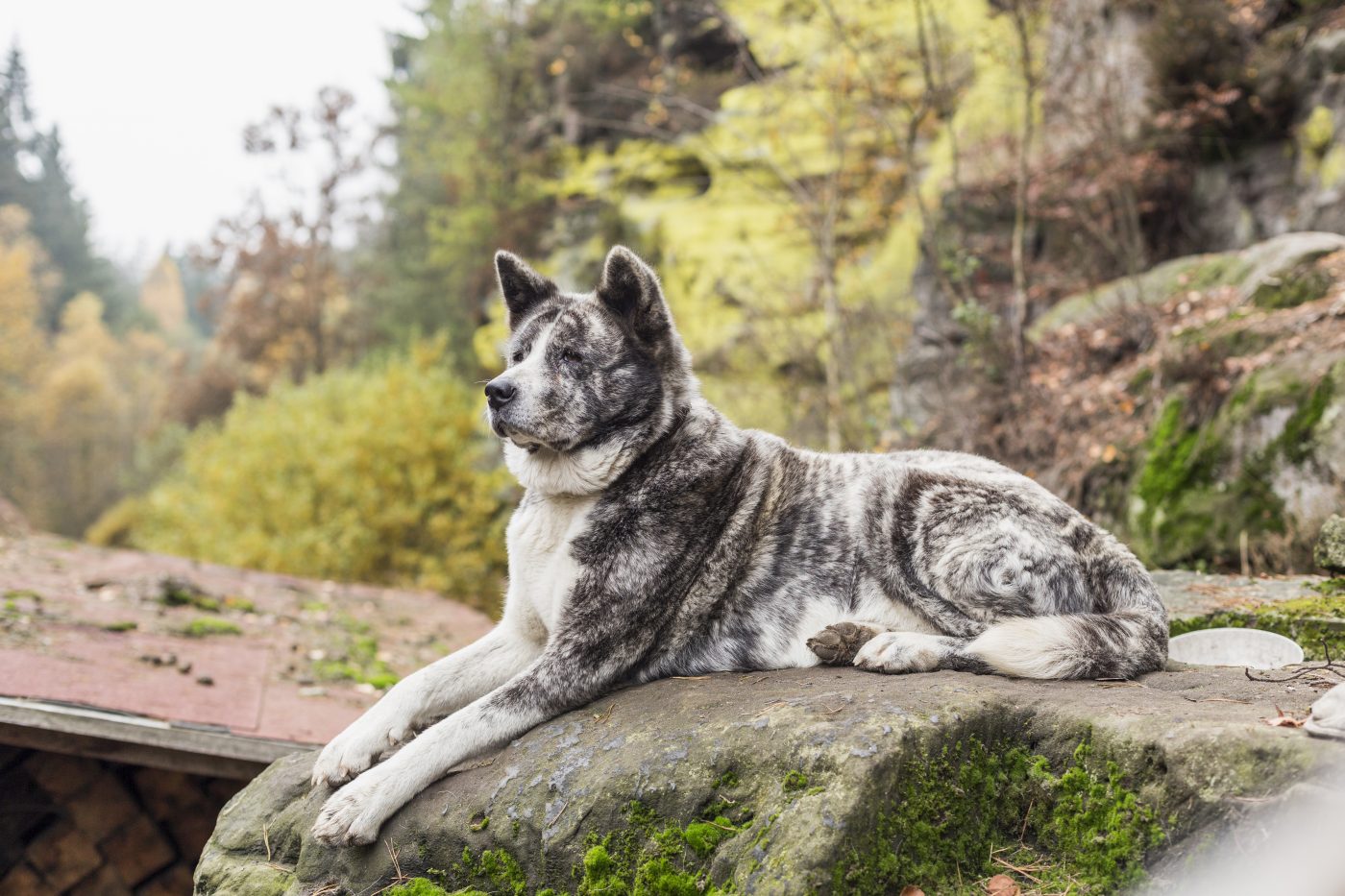 Shutterstock
Shutterstock
The Akita, another Japanese breed, has a long history of braving harsh weather conditions. Bred to hunt in the snowy mountains of Japan, Akitas are highly sensitive to changes in their surroundings. Their thick double coats are perfectly suited for cold climates, but what really sets them apart is their ability to sense impending snowstorms or extreme cold. Akitas often become restless or seek shelter well before bad weather hits, making them an excellent companion for those living in areas with unpredictable climates. Their intuition for weather changes stems from centuries of living in harsh, mountainous conditions.
Australian Cattle Dog
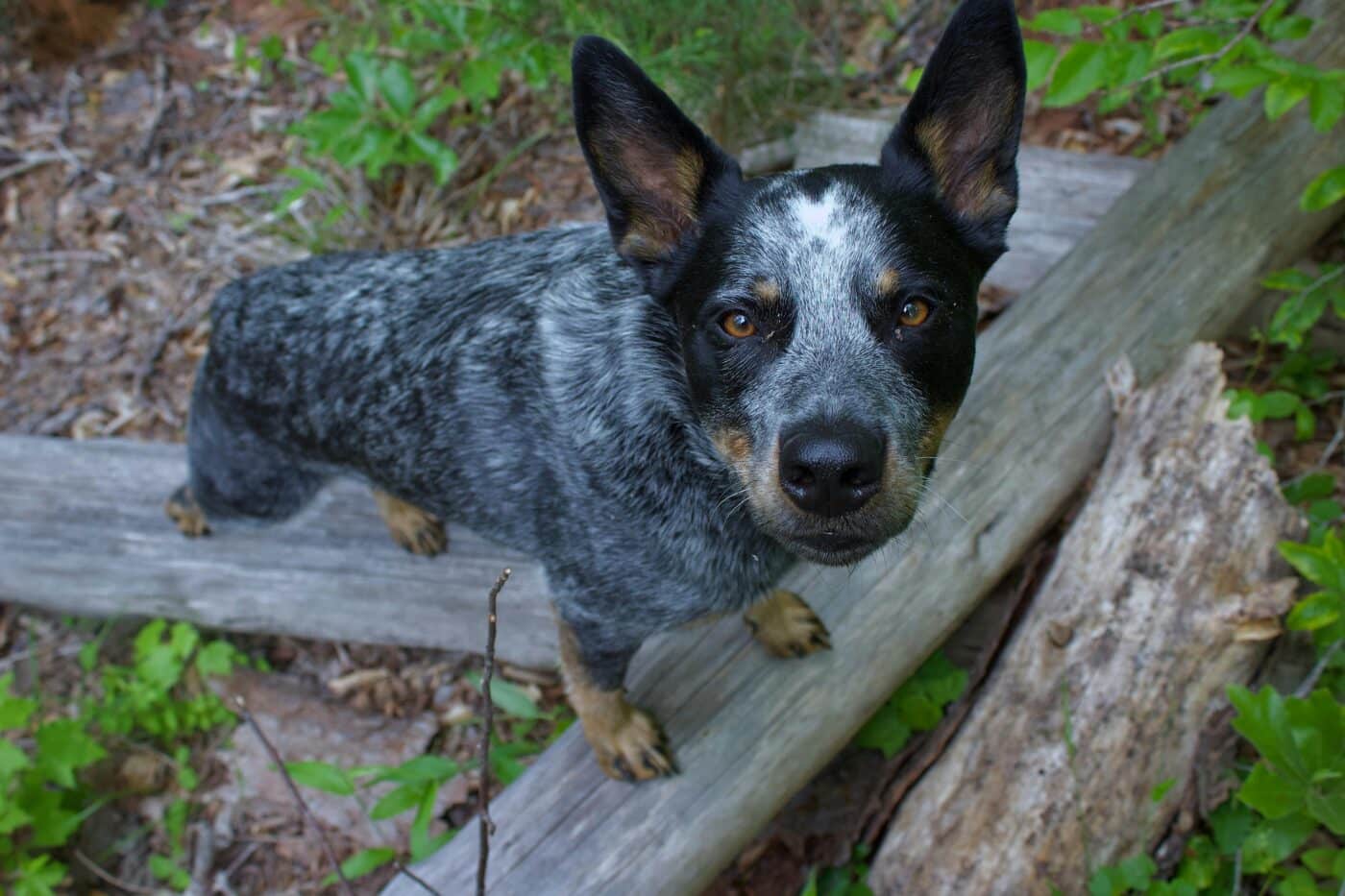 Shutterstock
Shutterstock
Australian Cattle Dogs, bred to herd livestock in the tough Australian outback, are natural-born meteorologists. These dogs have an innate ability to sense weather changes that could affect the safety of their herd. Whether it’s a sudden rainstorm or a shift in wind direction signaling a change in temperature, Australian Cattle Dogs are quick to react and adapt. Their keen sense of weather patterns helps them guide livestock to safety, and they carry that same instinct into domestic life, often alerting their owners to approaching storms or adverse weather conditions.
Newfoundland
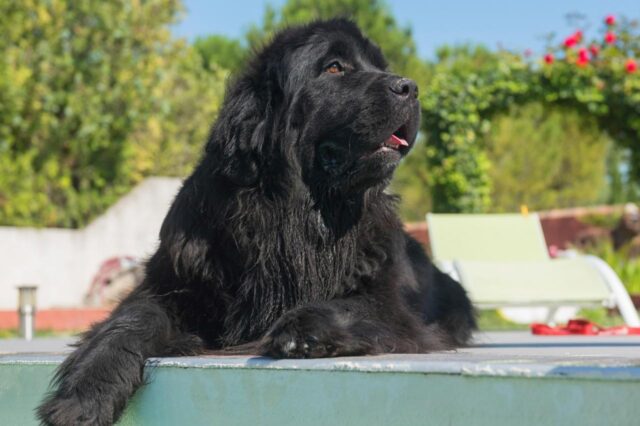 Shutterstock
Shutterstock
The Newfoundland is a large working dog that was originally bred for water rescue in the icy waters of Canada. Known for their thick, water-resistant coat and strong swimming abilities, Newfoundlands are naturally equipped to handle cold and wet weather. However, what many owners notice is their ability to sense incoming storms, or temperature drops long before they arrive. Newfoundlands often seek shelter or exhibit signs of restlessness when bad weather is approaching, using their finely tuned instincts to prepare for environmental changes, whether on land or at sea.
Tibetan Mastiff
 Shutterstock
Shutterstock
Tibetan Mastiffs are ancient dogs that were bred to guard livestock in the harsh climates of the Himalayas. These majestic dogs have developed an extraordinary sensitivity to weather changes, as their survival in such a challenging environment depended on it. Tibetan Mastiffs can sense snowstorms and temperature drops before they occur, often becoming more vigilant or seeking shelter when they sense that a storm is imminent. Their ability to predict bad weather makes them excellent guardians, not only for livestock but also for families living in colder regions.
Samoyed
 Shutterstock
Shutterstock
Originally bred to herd reindeer and pull sleds in Siberia, the Samoyed is well-versed in extreme weather conditions. Their thick, fluffy coats are perfect for protecting them from the cold, but they can sense changes in the weather that make them stand out. Samoyeds often become restless or vocalize when they detect an incoming storm, snow, or temperature drop. This breed’s deep connection to the harsh environments of Siberia has given them a natural talent for predicting weather shifts, making them excellent companions for those living in colder climates.
Finnish Lapphund
 Shutterstock
Shutterstock
The Finnish Lapphund is a herding dog from the far north of Finland, where it was traditionally used to herd reindeer. Given their origins in such a cold and rugged environment, Finnish Lapphunds are highly attuned to weather changes. They can detect incoming snowstorms, temperature shifts, and changes in wind patterns long before humans know them. Finnish Lapphunds are often seen seeking shelter or becoming more alert when they sense that bad weather is on the way. Their sensitivity to their surroundings makes them excellent watchdogs in harsh climates.
Great Pyrenees
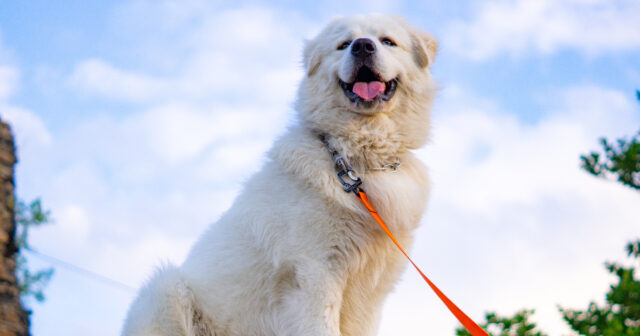 Shutterstock
Shutterstock
The Great Pyrenees is a large, powerful breed originally bred to guard sheep in the mountainous regions of France and Spain. These dogs are incredibly sensitive to their environment, and their natural ability to sense weather changes is well-documented. The Great Pyrenees can detect storms, temperature drops, and even shifts in wind patterns that signal incoming snow or rain. Their calm but alert demeanor allows them to remain vigilant when the weather changes, and they will often position themselves in a way that protects their flock—or their human family—during harsh conditions.
Norwegian Elkhound
 Shutterstock
Shutterstock
The Norwegian Elkhound, as its name suggests, hails from Norway, where it was used to hunt large game in rugged and cold environments. This breed is known for its incredible endurance in harsh weather conditions and its natural ability to sense changes in the environment. Norwegian Elkhounds are often seen becoming more vigilant or seeking shelter when bad weather is approaching, especially during snowstorms or heavy rain. Their keen instincts and weather sensitivity are essential for survival in the cold, mountainous regions where they originated.
Canaan Dog
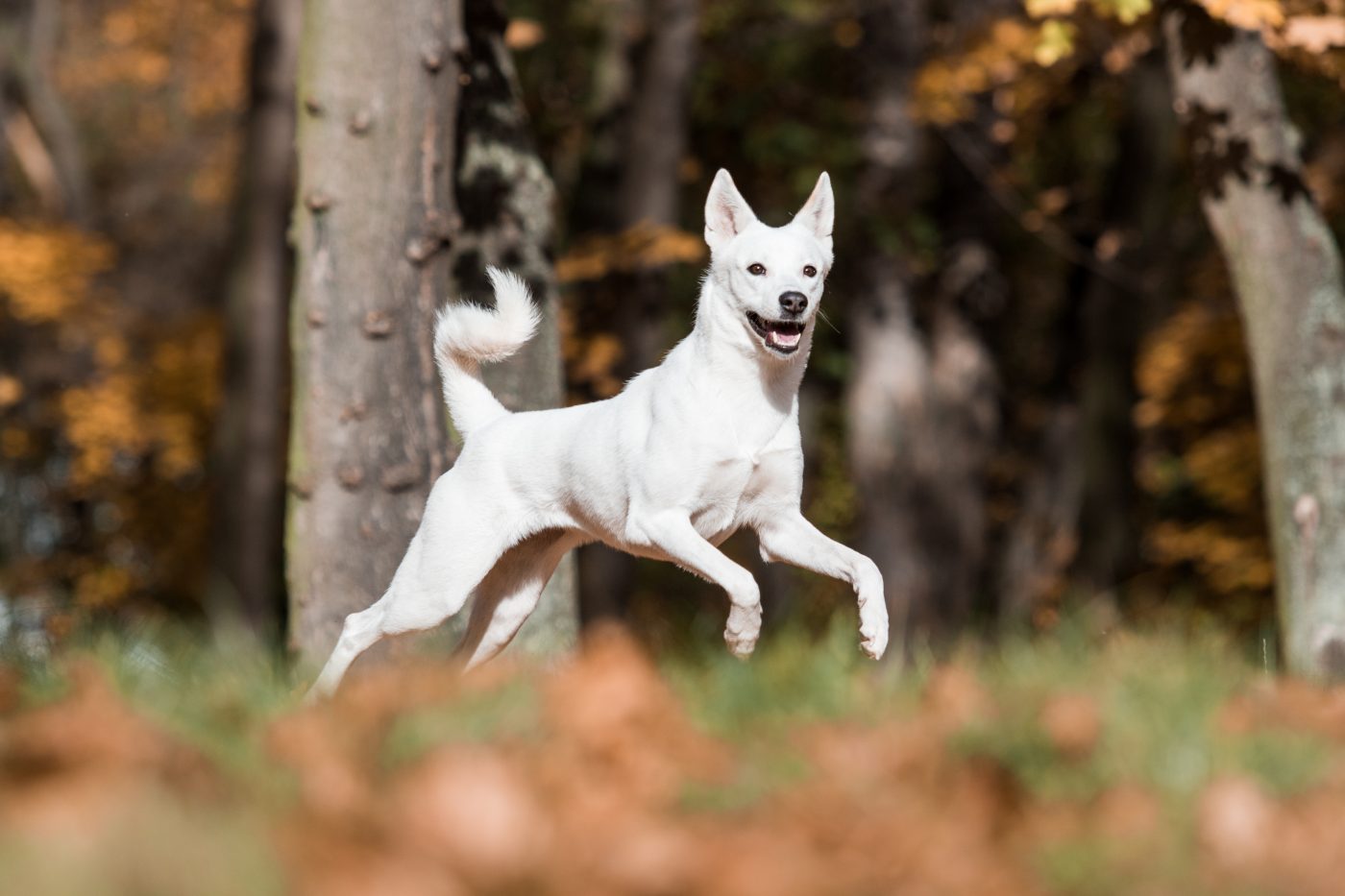 Shutterstock
Shutterstock
The Canaan Dog, a rare breed from the Middle East, is known for its adaptability and survival instincts in harsh desert environments. Although deserts may seem like places of consistent weather, Canaan Dogs have developed an acute sensitivity to environmental changes, particularly shifts in wind patterns and atmospheric pressure. They can often detect incoming sandstorms or sudden temperature changes long before they happen. This natural instinct for weather changes makes the Canaan Dog an exceptional survivor in the wild and a vigilant companion in domestic settings.
Icelandic Sheepdog
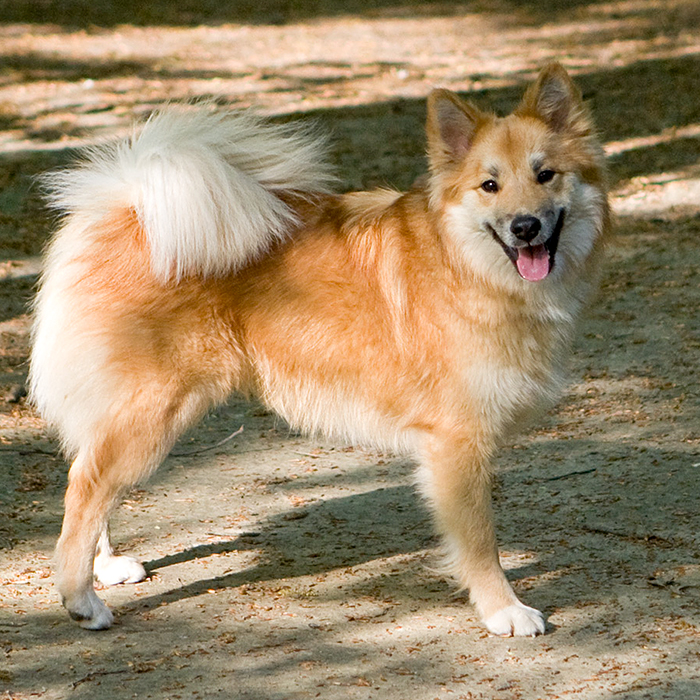 Shutterstock
Shutterstock
The Icelandic Sheepdog, as its name suggests, originates from Iceland’s cold and windy regions. Bred to herd livestock in challenging weather conditions, this breed has developed an incredible sensitivity to environmental shifts. Icelandic Sheepdogs are known to sense incoming storms, snow, and wind changes long before they arrive, often becoming restless or more protective of their flock as the weather shifts. Their natural meteorological abilities make them reliable companions for those living in areas with unpredictable weather, as they can alert their owners to incoming changes.
Dogs Who Keep an Eye on the Sky
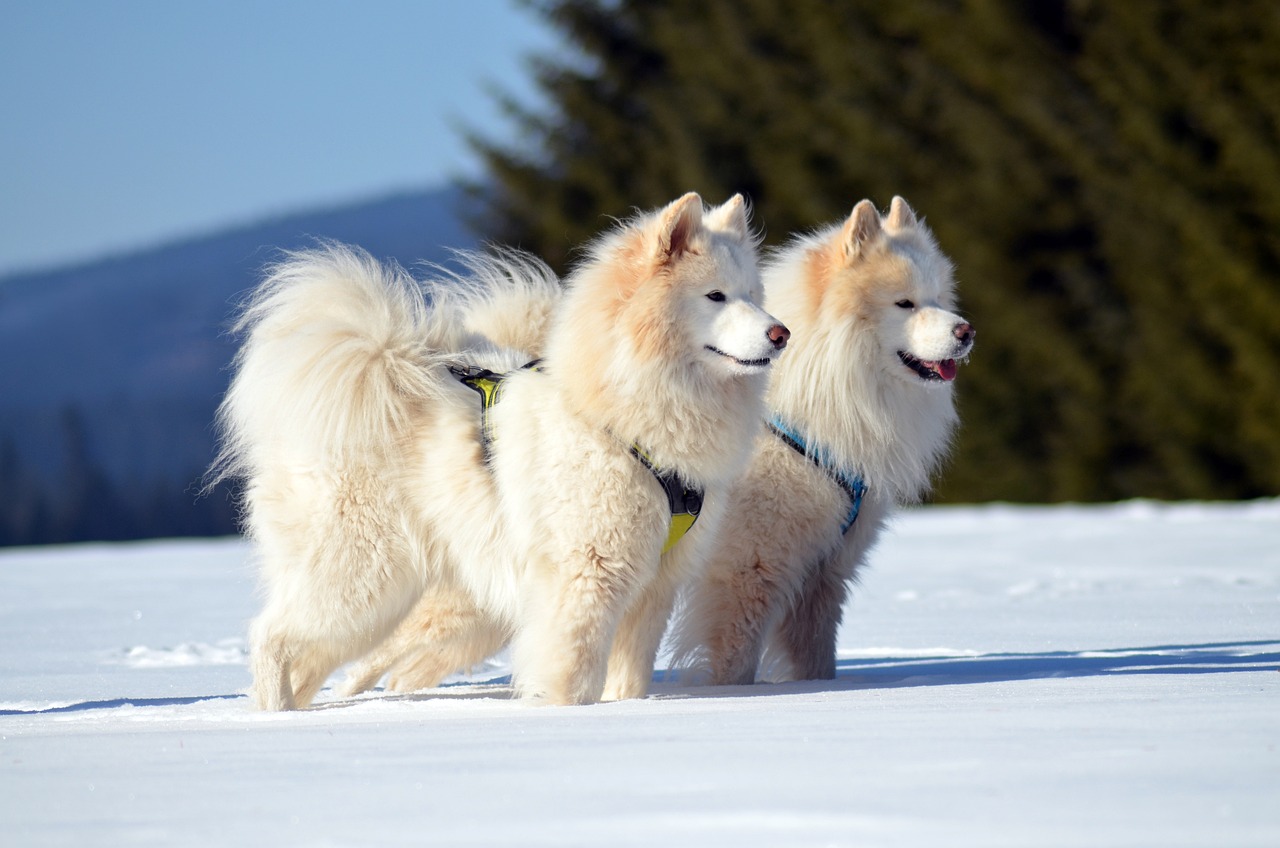 Shutterstock
Shutterstock
These dog breeds may not have formal training in meteorology, but their instincts and environmental sensitivity make them outstanding weather predictors. Whether it’s the Border Collie sensing a storm before it arrives or the Samoyed detecting a drop in temperature, these dogs have developed a keen awareness of weather changes through centuries of breeding and survival in challenging climates. For people living in areas with unpredictable weather, having one of these dogs is like having a reliable, four-legged meteorologist, always alert to shifts in the forecast and ready to respond.
 Toledo, United States.
Toledo, United States.